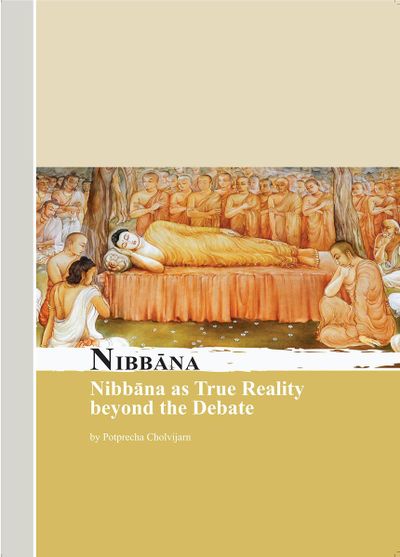- I. INTRODUCTION
- 1.1 A Historical Introduction1
- 1.2 Background of the Debate4
- 1.2.1 Buddhadāsa5
- 1.2.2 Saṅgharāja (Phae Tissadevo)12
- 1.2.3 Luang Pho Wat Paknam, Phra Mongkhon Thepmuni (Sot Candasaro)19
- 1.2.4 P.A. Payutto27
- 1.2.5 Phra Rajyanvisith29
- 1.3 The Cause of the Debate31
- II. NIBBĀNA IS ANATTĀ: PAYUTTO'S DHAMMAKĀYA CASE
- 2.1 Introduction33
- 2.2 Payutto's Characterisation of Western Scholarship on Attā/Anattā37
- 2.3 Payutto on Attā/Anattā41
- 2.3.1 General41
- 2.3.2 Sections 1-644
- 2.3.3 Sections 7 -1150
- 2.3.4 Sections 12-1560
- 2.3.5 Sections 16-2472
- III. NIBBĀNA IS ATTĀ: THE PRINCIPLE OF EXAMINATION OF
NIBBĀNA-DHĀTU
- 3.1 Introduction74
- 3.2 Principle of Examination88
- 3.2.1 Chapter 4: what is nibbāna?88
- 3.2.2 Chapter 5: the meaning of anattā97
- 3.2.3 Chapter 6: the meaning of attā122
- 3.2.4 Chapter 7: consideration130
- IV. COMMENTARY
- 4.1 Patterns in the Background of the Advocators138
- 4.2 Differences in Basic Understanding140
- 4.3 Repetition of OldArguments and Canonical Passages145
- 4.4 NewArguments and References150
- 4.5 The Perspective of Phra Thamwisutthimongkhon (Luang Ta Mahā Boowa)154
- 4.6 The Context of This Debate157
- 4.7 Conclusion166
- BIBLIOGRAPHY173
- APPENDICES
- A. Beginning Meditation Practice179
- B. Phra Rajyanvisith188
- C. Wat Luang Phor Sodh Dhammakayaram191
- D. Meditation Retreats in English199

